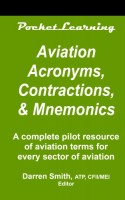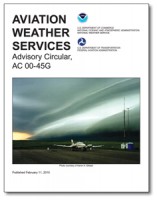EVERYTHING FOR PLANES AND PILOTS SINCE 1965 | 877-4-SPRUCE
Pilot Medical Handbook Human Factors For Successful Flying
Select Model:
 Soft Cover
Soft Cover eBook-PD
eBook-PD eBook-EB
eBook-EB- JUMP TO
- Overview
- In The Box
- Reviews
- Q&A
- View in Catalog
Overview
|
Indispensable for pilots and other aviation workers, this comprehensive guide contains the authoritative word on pilot health and flight safety. Being a safe pilot involves more than checking the weather, filing a flight plan, and performing a preflight inspection. It also requires that pilots assess their physical and mental health and evaluate a slew of situational factors. This valuable reference contains detailed FAA-approved recommendations for determining when a flight is a “no-go” and details the variables that go into such a weighty decision—including medications, fatigue, trapped gases, vision impediments, spatial disorientation, hypoxia, and carbon monoxide. Pilots will learn how to determine their personal minimums in flying, evaluate the benefits of LASIK surgery, and confidently handle in-air situations that could quickly become emergencies, such as smoke in the cabin and altitude-induced decompression sickness. |
In The Box
- eBook PD / EB - A protected document that looks identical to its print book counterpart. Exact formatting and layout of the print books is maintained (text, images, margins, page breaks, etc.). Displays best on 10-inch or larger screens. Not recommended for small screens (phones) which require you to zoom in and pan around to see the full page. This document is not a .pdf file type.
- Softcover Book - Printed book with heavyweight cover stock.
Q&A
Please note, Aircraft Spruce's personnel are not certified aircraft mechanics and can only provide general support and ideas, which should not be relied upon or implemented in lieu of consulting an A&P or other qualified technician. Aircraft Spruce assumes no responsibility or liability for any issue or problem which may arise from any repair, modification or other work done from this knowledge base. Any product eligibility information provided here is based on general application guides and we recommend always referring to your specific aircraft parts manual, the parts manufacturer or consulting with a qualified mechanic.







































